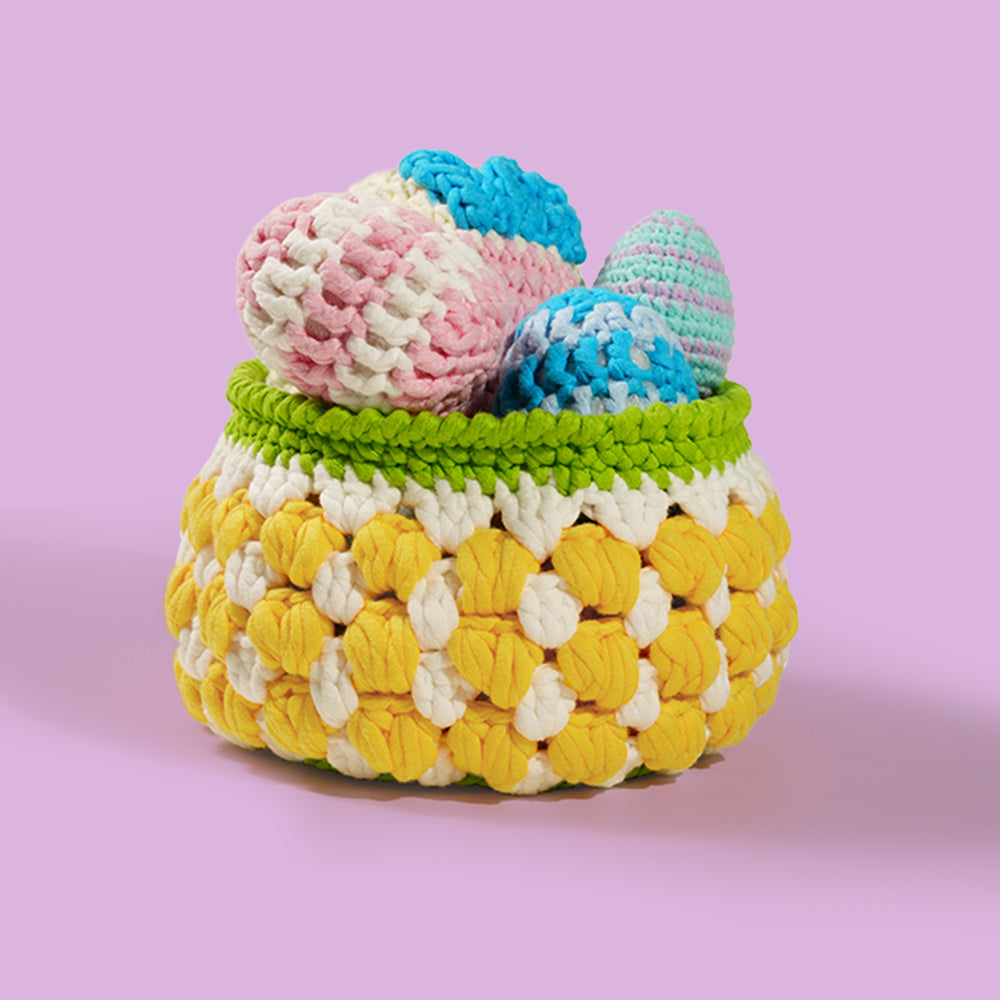Understanding the Learning Curve
Crocheting often feels daunting at first because you’re simultaneously mastering tension, stitch identification, and hand coordination—skills that don’t come naturally on day one. However, once you’ve internalized the basic stitches, projects like granny squares become deceptively simple, demonstrating that the craft’s difficulty drops off quickly after an initial learning phase. According to many crafters, the first week of practice can bring you from absolute beginner to comfortable with basic repetitions, provided you’re consistent in your practice.

Why Beginners Struggle
One of the biggest early frustrations is tension control—new crocheters often grip the yarn too tightly, leading to stiff, curved beginnings on blankets and scarves . The awkward feeling of handling hook and yarn simultaneously can also feel unnatural; it’s a motor skill that requires time to develop muscle memory . Finally, misreading patterns—especially mixing US and UK terms—can lead to confusion and dropped stitches, making the craft feel harder than it actually is .
Common Mistakes That Make Crochet Seem Hard
Even seasoned crocheters look back at their first projects and wince at basic errors. Below are some pitfalls that can make crocheting feel like a steep climb:
-
Starting with Complex Patterns
Jumping into intricate lace or colorwork too soon can be overwhelming. Patterns rated “Easy” are usually designed to build your confidence with straightforward repeats. -
Wrong Hook-Yarn Combinations
Using a tiny hook with bulky yarn, or vice versa, can lead to uneven stitches and a lot of frustration. -
Neglecting Practice Swatches
Skipping simple practice squares means you won’t develop consistent gauge or tension before starting your project, making pattern instructions harder to follow .Try to start with a quick start exercise project will be a smart choice! -
Ignoring Terminology Differences
Accidentally using UK stitch terms (e.g., ‘double crochet’ vs. ‘treble crochet’) in a US-patterned project can derail your work entirely.
Tips to Make Crocheting Easier
1. Embrace Practice Squares
Before you commit to a full project, work up several 3"×3", swatches of basic stitches—single crochet, half-double, double crochet—to get comfortable with your yarn and hook combination.
2. Choose the Right Tools
A beginner’s kit with medium-weight yarn (DK) and a size 4 mm aluminum hook is ideal; ergonomic hooks like Clover Amour can reduce hand fatigue during long practice sessions .
3. Relax Your Grip
Consciously loosen your hand and drop your shoulders; relaxed tension yields more uniform stitches and prevents the fabric from puckering or curling.
4. Use Quality Tutorials
Video guides with clear visuals and step-by-step voice instructions—such as those on CrochetCoach or YouTube beginner series—can bridge gaps that written patterns may leave.
5. Master Terminology
Create a quick-reference card comparing US vs. UK stitch names to keep beside your workspace; this simple tool prevents pattern misinterpretation.
6. Follow a Progression of Projects
Start with scarves and dishcloths, move to simple squares and granny blankets, then advance to hats and amigurumi. Each project type builds upon previous skills without introducing too much complexity at once.
7. Leverage Community Support
Online forums like r/crochet and Facebook groups offer instant feedback; posting photos of your work-in-progress can yield tips on tension, stitch count, and blocking.

The Surprising Benefits That Keep You Hooked
While crocheting may not win any awards for ease on day one, its benefits extend far beyond the creation of scarves and blankets:
-
Stress Relief and Mindfulness: The repetitive motions of hooking and looping can induce a meditative state, lowering stress hormones and promoting relaxation.
-
Sense of Accomplishment: Finishing even a small project yields a tangible reward—boosting self-esteem and motivating you to tackle more challenging patterns .
-
Fine Motor Skill Development: Regular crocheting improves hand-eye coordination and dexterity, which can be beneficial in other crafts and daily tasks.
-
Social Connection: Crafting circles and yarn shops foster friendships; sharing patterns and tips builds community bonds.
Tools, Kits, and Resources for Beginners
Investing in the right starter set can turn a potentially frustrating first experience into a joyous introduction:
-
Basic Crochet Kit: Includes medium-weight cotton yarn, size 4 mm hook, tapestry needle, stitch markers, and scissors .
-
Online Learning Platforms: CrochetCoach, Annie’s Crochet University, and Craftsy offer structured courses that guide you from foundational stitches to intermediate techniques.
-
Reference Books: “Crochet Stitches Visual Encyclopedia” and “The Complete Beginner’s Guide to Crochet” provide stitch libraries and project tutorials that you can revisit anytime.
When Crocheting Is Hard—and Why That’s Okay
There will be days when stitches slip off the hook, tension won’t cooperate, or pattern abbreviations leave you baffled. These challenges are not indicators of permanent roadblocks but rather signposts of growth. Every crocheter—from novice to master—experiences “frogging” (ripping out rows) and redo moments. Embracing mistakes as part of the learning process reframes difficulty into opportunity: each snag conquered is a skill earned.
Conclusion
Is crocheting hard? It can be at the very start, but with patience, the right tools, and community support, it swiftly transforms into a delightful, therapeutic, and deeply rewarding craft. By avoiding common beginner mistakes, practicing deliberately, and leveraging accessible resources, beginners can crest the learning curve faster than they ever imagined. So grab your hook, pick a simple pattern, and remember: every expert crocheter was once where you are now—ready for the first stitch.
